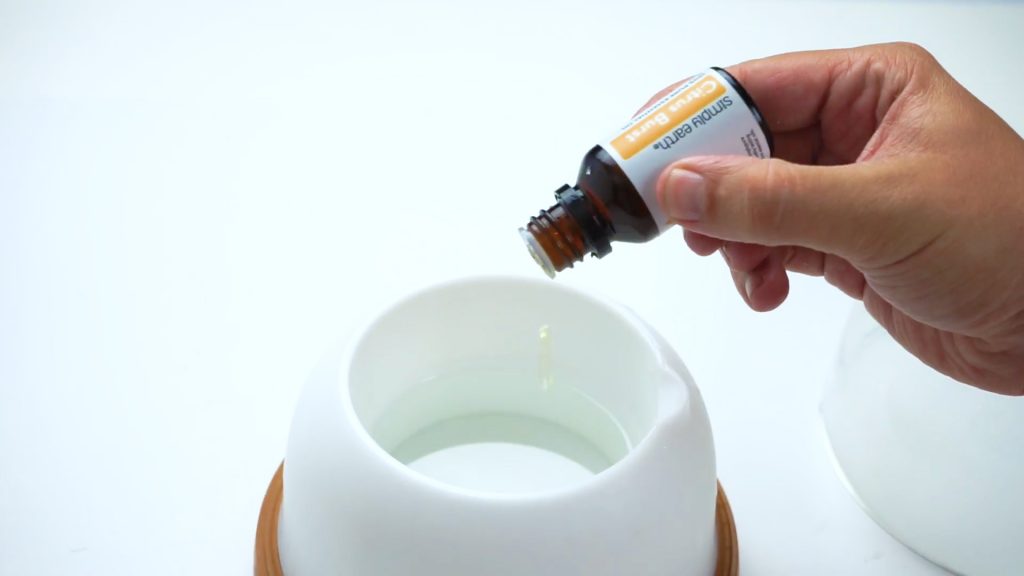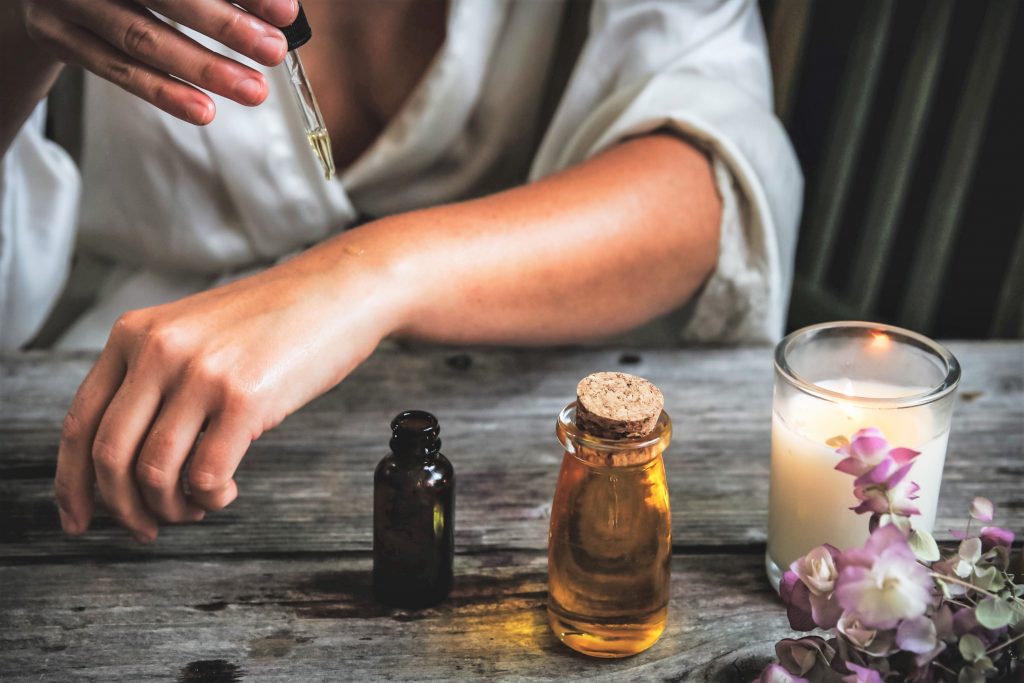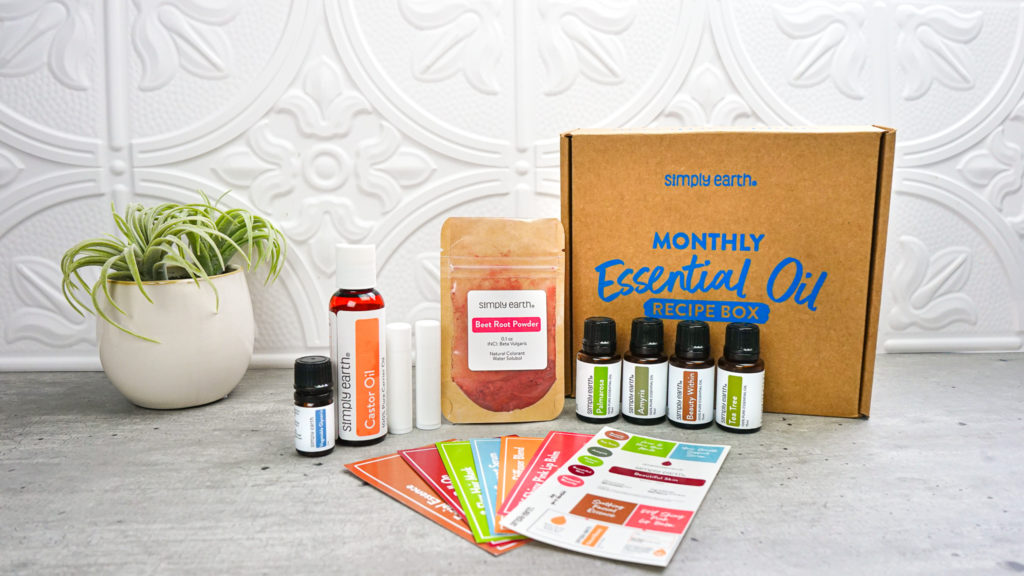
It’s difficult to point exactly when the use of aromatic plants started. However, it is safe to say that the history of aromatherapy dates back to the beginning of civilization itself. From the Neolithic Period until each and every major civilization and era, proof of the use of aromatic plants is evident. From Ancient India/China/Egypt/Greece to the Romans/Early Christianity/Middle Ages/Medieval Islam/Tudors to the modern world, herbal medicine and aromatherapy have been widely used.
History of Aromatherapy: A Timeline

4000 BC
The first record on the history of aromatherapy dates back to at least 4000 BC.
2800 BC
One of the oldest books in the world that can still be obtained in print today called “Internal Medicine” was written by Yellow Emperor (Huang Ti). It lists different diseases including their treatment and herbal remedies.
2500 BC
The Chinese systems of healing such as acupuncture, shiatsu, and herbal remedies started. This is what we know today as “Traditional Chinese Medicine” (TCM).
2000 BC
An Indian book called “Vedas” lists the use of 700 plants and substances for medicinal and religious purposes.
A traditional Indian medicine known as Ayurvedic is one of the oldest forms of medical practice in the world. It uses plants and extracts to achieve holistic treatment since then up to the present day.
1500 BC
An Ebers Papyrus provided the first recorded recipe of a body deodorant using herbs.
1200 BC
A Greek physician, Asclepius, experimented with plants and herbs to use in his surgeries.
400 BC
Hypocrites, “the father of medicine” studied the benefits of scented plants and herbs and promoted the use of aromatic baths, massages, and oils.
150 AD
A Greek physician, Claudius Galen, studied herbal medicine and botanical remedies and used such knowledge to treat wounded gladiators.
1000 AC
Ibn Sina, known in Europe as Avicenna, was a great physician during the Persian civilization and invented a pipe for steam distillation. This is an essential time for aromatherapy since it produced true essential oils and not just aromatic waters as used in the past.
11th Century
A more effective way of distilling plant vapor was introduced because of the invention of a coiled cooling pipe. This invention by Avicenna was a breakthrough in essential oil distillation.
13th Century
The pharmaceutical industry was born to which distillation of essential oils were highly encouraged. This is another great time in the history of aromatherapy.
14th Century
During the Bubonic Plague that killed millions in Europe, aromatic plants were used as antiseptic protection against the Plague to stem infection and mask extremely unpleasant odors.
15th Century
More plants were discovered to provide therapeutic oils. It is also during this time when books about herbs and their benefits took a rise.
Paracelcus, an alchemist and a doctor at this period, emphasized that alchemy is about creating healing medicines from plant extracts to which he called ‘quinta essentia’ or quintessences or essential oils.
16th Century
The discovery of more plants that can be distilled continued. It is also during this period that essential oils became available to be generally purchased in “apothecaries”.
18th Century
Plant oils were used by apothecaries in herbal medicines. Moreover, Eau de Cologne using essential oils was invented.
In the late 18th Century, the antibacterial properties of essential oils were recognized in killing microorganisms in diseases.
Aspirin, one of the first therapeutic drugs to be manufactured and marketed, was invented based on plant remedies. Ironic it may seem because it was the introduction of this chemical drug that gave way to the decline of herbal medicine.
19th Century
Medical professionals continued to isolate active principles of natural substances and produce chemical drugs.
1920’s
Howard Carter and his team opened the tomb of Tutankhamen in 1922 which led to the discovery of 3000 years old jars and pots containing scented ointments. This proves that thousands of years ago, the antiseptic and antibacterial properties of plant oils were already used to embalm the dead.
The term “aromatherapy” was first coined by French chemist René Maurice Gattefossé when he accidentally discovered the aromatic healing properties of Lavender Essential Oil in 1928.
1940’s
During the Second World War, Jean Valnet, a French army doctor, used essential oils to treat wounded soldiers and heal gangrene.
Austrian biochemist, Marguerite Maury, further used aromatherapy to achieve cosmetic benefits. She also used essential oils for healing massages.
The practices of Valnet and Maury then became the basis of Modern Aromatherapy that is practiced today.
1977
The first book in the English language about aromatherapy, “Art of Aromatherapy” written by the English aromatherapist Robert B. Tisserand, was published.
As time went by, the Scientific Revolution and the invention of chemical drugs gave way to the decline of the popularity and use of essential oils. However, from the late 20th century and into the 21st century, because of the rise in environmental concerns and heightened awareness regarding the harm of synthetics, natural products and lifestyle are on the rise again.
What are Your Thoughts?

We at Simply Earth are believers in the beauty and effectiveness of essential oils. We seek to put essential oils into practical uses and recipes to replace harmful chemicals in the home.
If you’re an essential oil newbie, things may get overwhelming. How’s your experience with essential oils so far? We’d love to hear about it on social media with @fromsimplyearth and in the comments below!
To learn more about how to use essential oils, check out our Simply Earth Essential Oil Recipe Box. When you subscribe, we’ll ship you a monthly supply of four 100% pure essential oils, six natural recipes, and all the quality ingredients you’ll need to make your own wonderful products for just $44.99/month. All of these goodies have over $100 value, plus we’ll give you a FREE Big Bonus Box when you subscribe.
Subscribe today to learn how to use essential oils!

